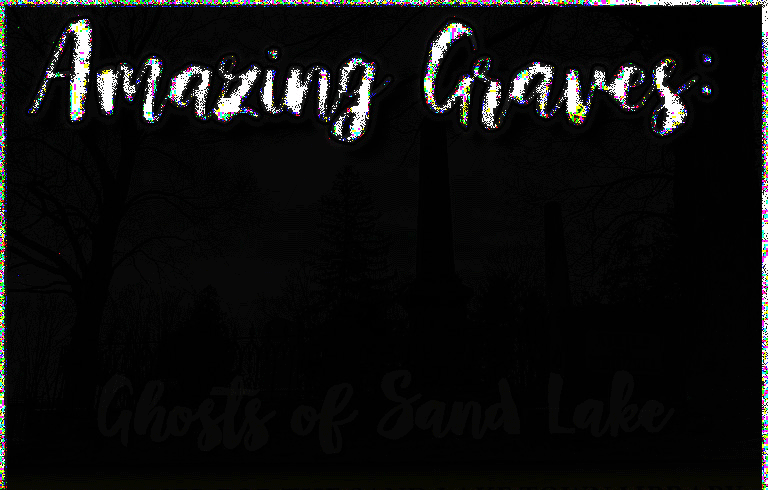
Major Thomas Frothingham
as told by his wife, Elizabeth Frost Frothingham
Amazing Graves: Ghosts of Sand Lake
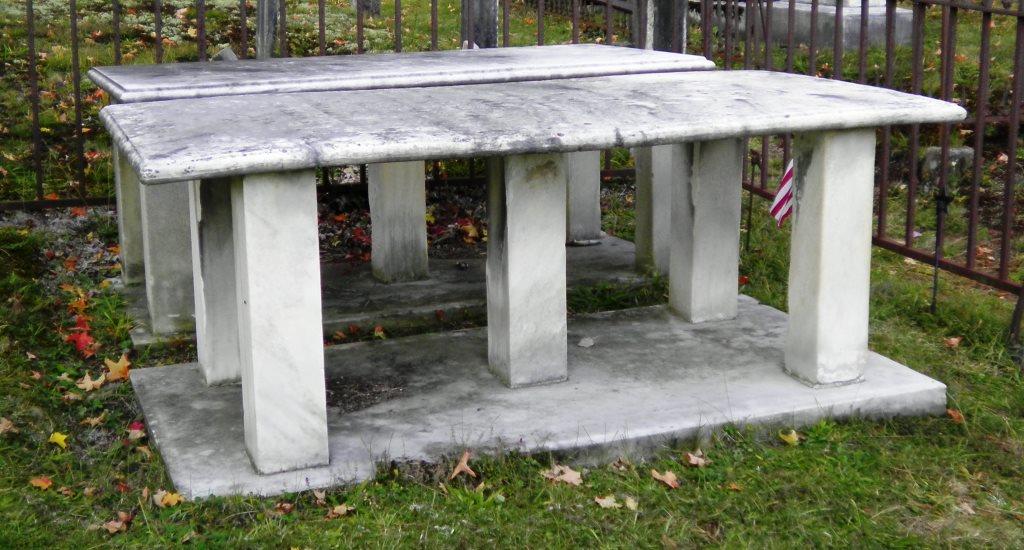
 |
Major Thomas Frothingham
|
 |
| [click on any image to see a larger version] | ||
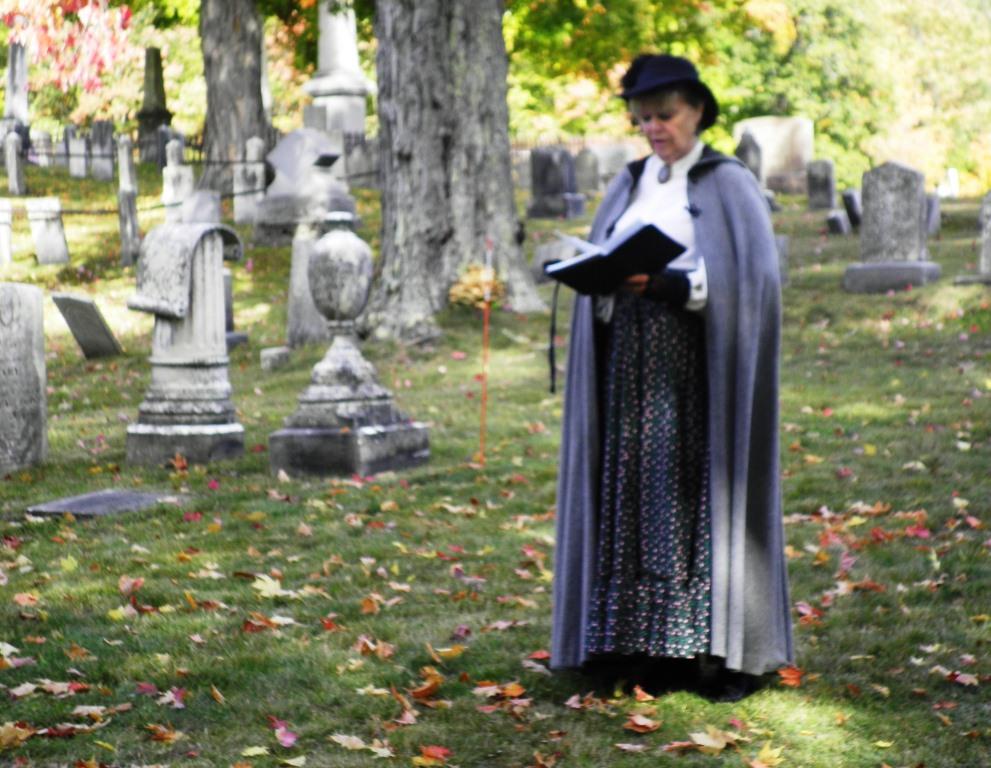 Hello, hello, and welcome! I am so glad to see you. It has been a long time since I have had visitors. I am Elizabeth Frost Frothingham, and we are standing here at one of the oldest resting places in Sand Lake Union Cemetery, that of Major Thomas Frothingham, my husband and myself. You might have noticed that our grave markers are unusual; that I will explain later, but now I wish to tell you about my accomplished husband's life.
Hello, hello, and welcome! I am so glad to see you. It has been a long time since I have had visitors. I am Elizabeth Frost Frothingham, and we are standing here at one of the oldest resting places in Sand Lake Union Cemetery, that of Major Thomas Frothingham, my husband and myself. You might have noticed that our grave markers are unusual; that I will explain later, but now I wish to tell you about my accomplished husband's life.
He was born in 1755 outside of Boston, where he reached his maturity. As a young man, his most glorious exploits involved serving in the Continental Army, achieving the rank of Major, and commanding a company that participated in the Siege of Boston.
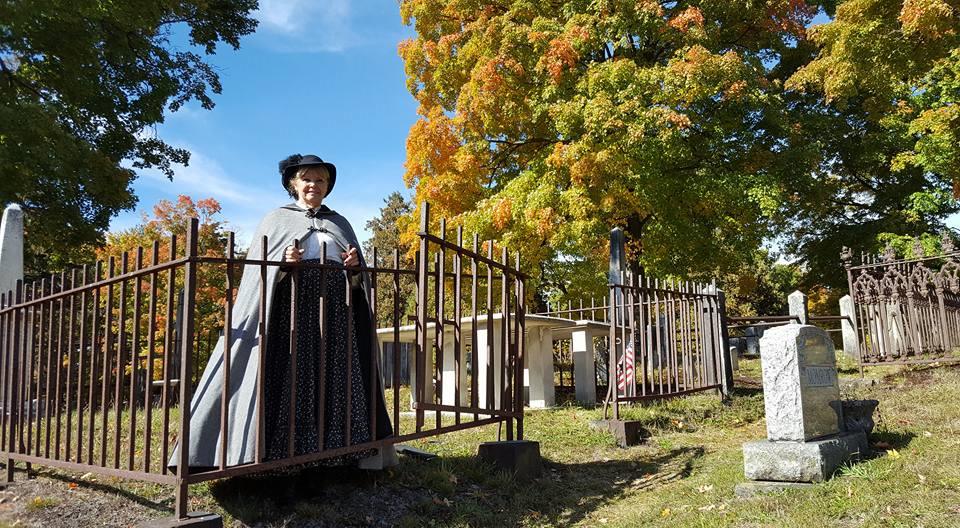 I was very pleased to marry my dashing young major shortly after. By 1786 we had moved to Hudson, NY where our son, William Walter, was born in 1796. It was in Hudson that Thomas became very active in community affairs and local government. He served in a number of government positions and eventually was elected mayor. My dear husband was such a busy man that sometimes I saw little of him; nevertheless, we had a very happy life together.
I was very pleased to marry my dashing young major shortly after. By 1786 we had moved to Hudson, NY where our son, William Walter, was born in 1796. It was in Hudson that Thomas became very active in community affairs and local government. He served in a number of government positions and eventually was elected mayor. My dear husband was such a busy man that sometimes I saw little of him; nevertheless, we had a very happy life together.
After all of his successes in Hudson, we moved to Sand Lake. In fact our home still stands on Schumann Road, not far from this very site. Here, in Sand Lake, my capable husband became General Superintendent of the Glass Works on the shores of Glass Lake. With our home so close to the works, Thomas could walk home for his noon-day meal, or better yet, I could take a basket lunch to him and observe the fascinating workings of the factory.
Now for a little history of this important, local industry: The production of glass started here in 1788. You may wonder why this industry came to the shores of Glass Lake. Thomas explained to me that since the state could ill afford imported English glass, a local source was needed. It was thought that the sand in Sand Lake would be good for making glass, but, as it turned out, the deposits of useable sand were soon depleted, and sand had to be imported from Berkshire County.
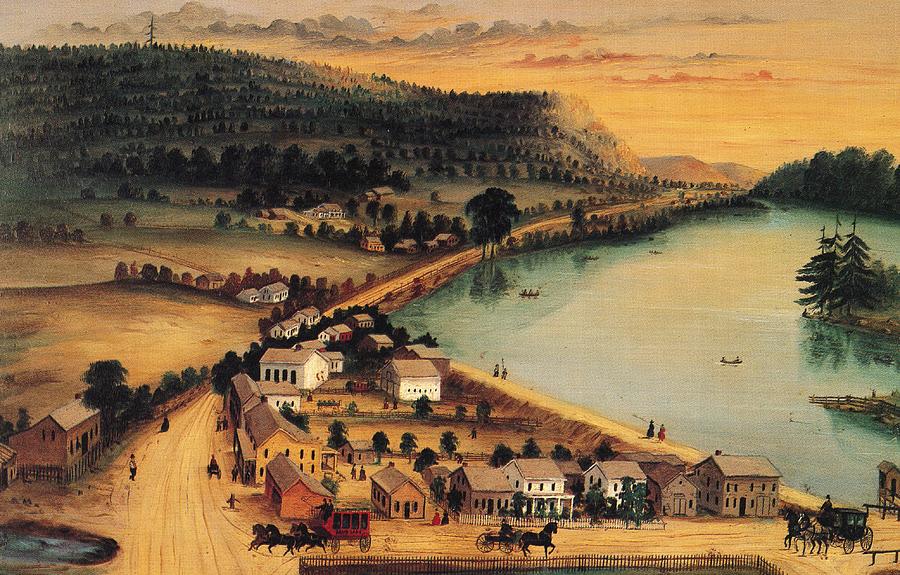 Glass making is an interesting process requiring skilled glass blowers as well as many other laborers to do everything: cutting firewood, blacksmithing, tending the fire pots, and packing the finished products for shipping. Even boys as young as seven were employed to knead the clay --with their bare feet—that was used to make molds.
Glass making is an interesting process requiring skilled glass blowers as well as many other laborers to do everything: cutting firewood, blacksmithing, tending the fire pots, and packing the finished products for shipping. Even boys as young as seven were employed to knead the clay --with their bare feet—that was used to make molds.
Eventually over 100 workers were employed in the business. To accommodate them and their families, the factory-owned Rensselaer Village, of which this very cemetery is a part, was built. The village included a large dormitory building for unmarried workers, which eventually became a hotel, and 34 houses for families, located behind the former site of Gifford's Market on Teal Road. Altogether the glass works owned 5,000 acres.
The factory was known for its cylinder glass. To make this, great gobs of glass were blown into long cylinders about 15 inches in diameter. By the way, the glass blowers were the highest paid workers of our time. Once the cylinders were made and cooled, they would be scored end to end, reheated, separated along the scoring mark, and flattened to make window glass. Some claim that our glass was sent to Washington DC to replace the windows in the White House after it was burned down by the British during the War of 1812. Eventually the glass works attracted visitors all the way from Troy who traveled here to watch the glass blowers at work blowing the long tubes of glass as they walked along elevated platforms. It was quite a sight.
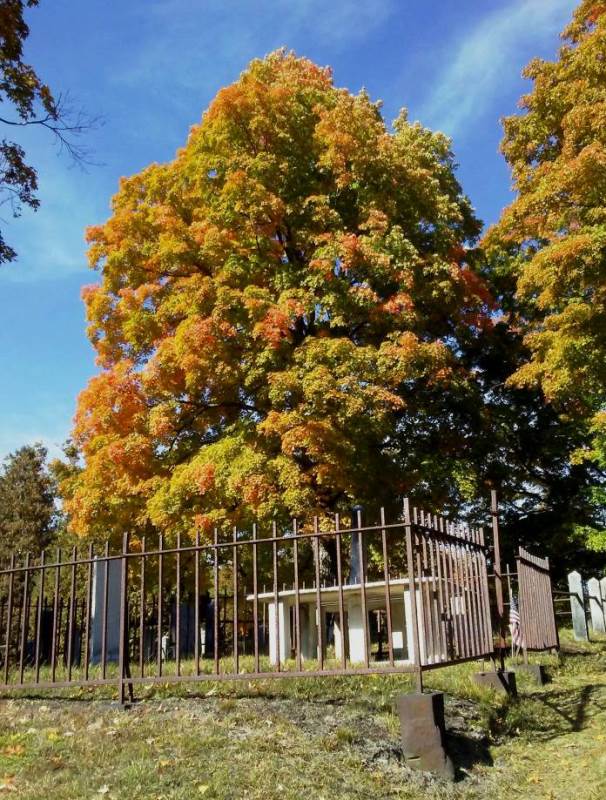 Other types of glass products were made as well, including glass canes. These canes were kept by the front doors of our homes and were thought to protect us by warding off malicious spirits. However, these canes did not ward off ill-luck for the industry itself. Because the fires for melting and shaping glass were never allowed to go out, fire was a constant danger. The factory burned down in 1816 and again in 1853, long after dear Major Frothingham and I began our rest here. With each fire, new owners took over the glass works. You may find their names – Fox (Fox House is today's Doll Museum house on Rt. 43), Crandell, and Knowlson – to be familiar.
Other types of glass products were made as well, including glass canes. These canes were kept by the front doors of our homes and were thought to protect us by warding off malicious spirits. However, these canes did not ward off ill-luck for the industry itself. Because the fires for melting and shaping glass were never allowed to go out, fire was a constant danger. The factory burned down in 1816 and again in 1853, long after dear Major Frothingham and I began our rest here. With each fire, new owners took over the glass works. You may find their names – Fox (Fox House is today's Doll Museum house on Rt. 43), Crandell, and Knowlson – to be familiar.
Finally, after his tenure at the glass factory, my Thomas became State Senator and served as such from 1820-1822. He truly was an accomplished man. My beloved husband went to his eternal rest in 1827. Our graves are marked by these table grave stones. Table stones usually marked the graves of prominent citizens, which we Frothinghams were. They may have served another purpose. Well off people would place their excess goods on the gravestone for those in need. I like to think that that happened here in this lovely, peaceful place atop this little hill. Now I encourage you to visit with my neighbors who are anxious to share their stories with you.
[Carol Karpien wrote the above. Elizabeth Frost Frothingham was portrayed here by Anna Church; MaryMargaret Corcoran also portrayed her during the weekend. Photos on this page by Andrew Mace, Meg Paracandola and Jackie Tremont.]
Watch videos of the above: Anna Church as Elizabeth Frost Frothingham | MaryMargaret Corcoran as Elizabeth Frost Frothingham. Thanks to Jim Powers for making these videos possible!
Back to the Amazing Graves Page
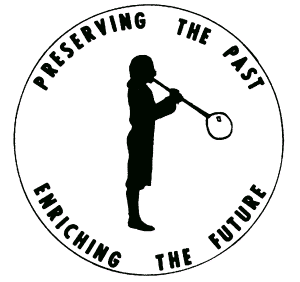 November 30, 2017
-- asm © 2002-2024 Sand Lake Historical Society; all rights reserved.
November 30, 2017
-- asm © 2002-2024 Sand Lake Historical Society; all rights reserved.